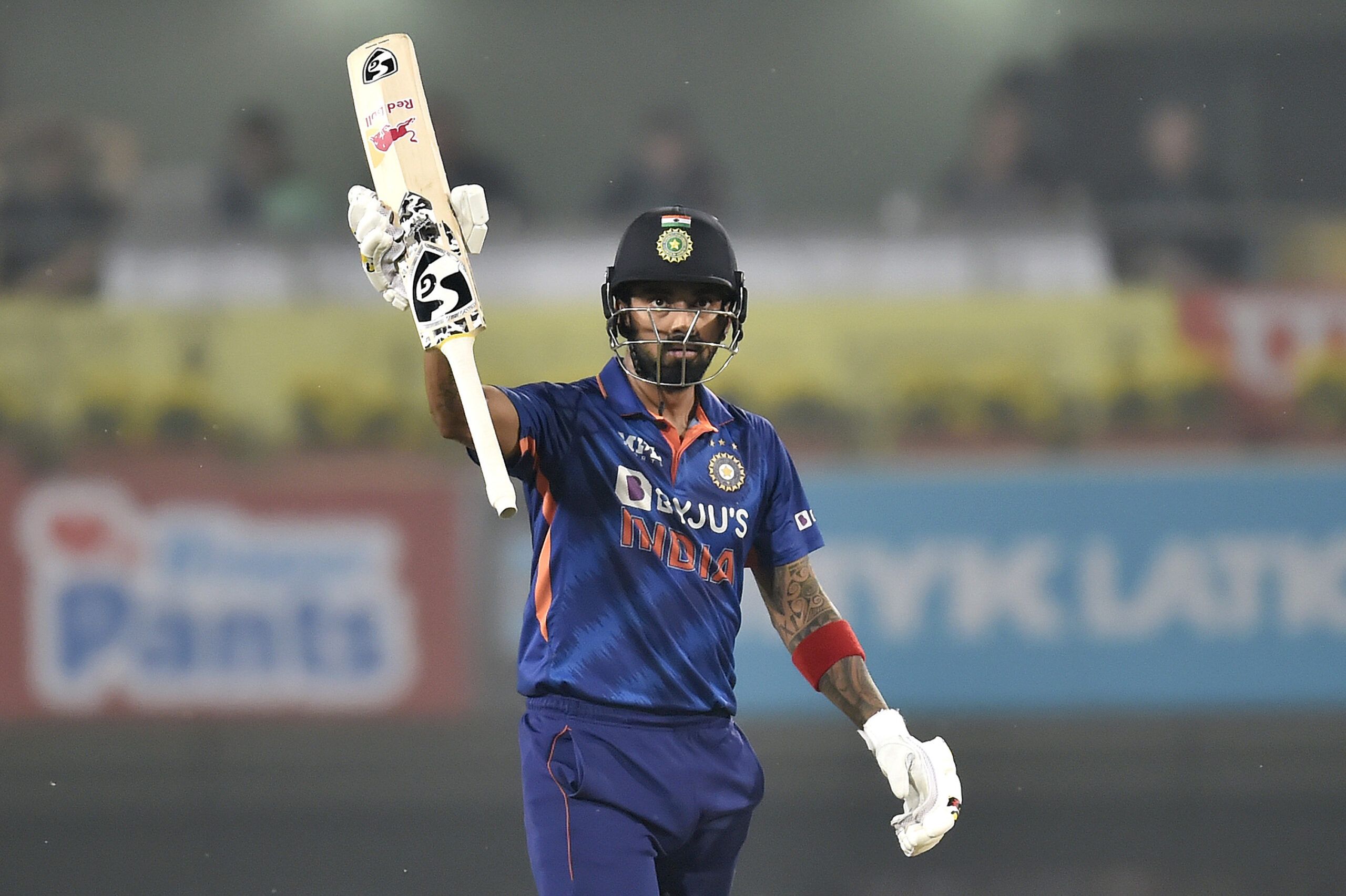
Narendra Modi is one of India’s most prominent political figures and the current Prime Minister of India. He is widely regarded as a strong and decisive leader who has brought significant changes to India’s governance and economy. However, Modi’s journey to the top has not been an easy one. He rose from humble beginnings to become one of India’s most influential leaders, and his story is an inspiring one.Early Life and EducationModi was born on September 17, 1950, in Vadnagar, a small town in Gujarat, India. He was the third of six children born to Damodardas Mulchand Modi and Hiraben Modi. Modi’s family belonged to the Other Backward Class (OBC) community, which is considered to be socially and educationally disadvantaged in India.
Modi’s family struggled financially, and as a child, he helped his father sell tea at the local railway station. Despite the financial difficulties, Modi was a bright student and was interested in politics from an early age. He joined the Rashtriya Swayamsevak Sangh (RSS), a right-wing Hindu nationalist organization, at the age of eight.Modi completed his schooling in Vadnagar and went on to study at Gujarat University, where he obtained a degree in political science. After completing his degree, Modi worked for the RSS full-time and rose through the ranks of the organization, becoming one of its key leaders.Political CareerModi’s political career began in 1985 when he joined the Bharatiya Janata Party (BJP), a right-wing political party in India. He quickly rose through the ranks of the party and became the General Secretary of the Gujarat unit of the BJP in 1988.In 2001, Modi became the Chief Minister of Gujarat, a position he held until 2014. During his time as Chief Minister, Modi implemented several policies aimed at promoting economic growth and development in Gujarat. He focused on attracting foreign investment, improving infrastructure, and promoting small and medium-sized enterprises.Modi’s tenure as Chief Minister was not without controversy, however. In 2002, Gujarat was rocked by communal riots that left over 1,000 people dead, most of them Muslims. Modi was accused of not doing enough to stop the violence, and there were allegations that his government was complicit in the riots. However, Modi has always denied these allegations, and he was eventually cleared of any wrongdoing by the Supreme Court of India.In 2014, Modi was elected as the Prime Minister of India in a landslide victory, leading the BJP to win a majority in the Lok Sabha, the lower house of India’s parliament. Modi’s government has implemented several reforms aimed at promoting economic growth and development, including the Make in India program, which aims to promote manufacturing in India, and the Digital India program, which aims to increase internet connectivity across the country.ConclusionNarendra Modi’s journey from a tea seller at a railway station to the Prime Minister of India is a remarkable one. Despite facing significant challenges and controversies along the way, Modi has always remained focused on his goal of promoting economic growth and development in India. He is a charismatic leader who has captured the imagination of millions of Indians, and his legacy is likely to endure for many years to come.



